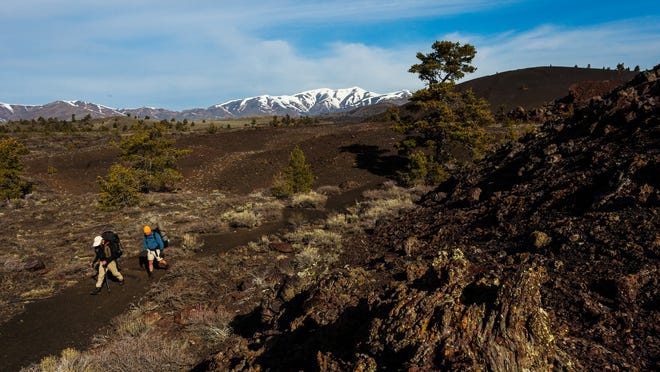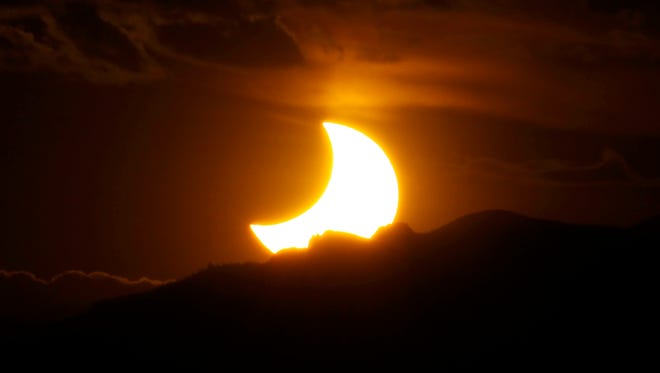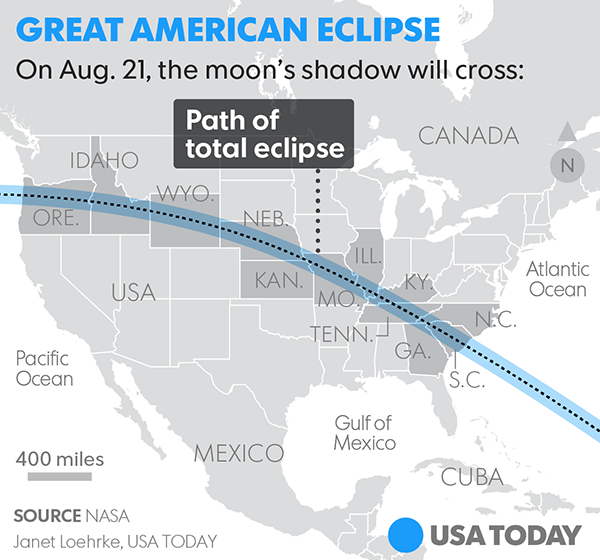Ask the Captain: Can pilots change their route for a better view of the eclipse?


Question: On the day of the eclipse, how much leeway will a captain have to give passengers a good view of the eclipse while in the air?
Answer: A captain always has the final decision regarding the route of flight and how the airplane is being flown. Air traffic control is responsible for ensuring proper separation between airplanes on instrument flight plans. This can cause issues when airspace is crowded and airways are heavily used (like freeways during rush hour).
Usually pilots will follow their filed flight plan routing (with ATC approval); if it coincides with the eclipse then making a PA to advise the passengers would be routine. Business aviation or private pilots may request special routing to view the eclipse from cruising altitude and if ATC can accommodate the request they will.
Some airlines are operating special flights specifically to view the eclipse; those flights will be routed to provide the best viewing possible but will compete with business aircraft for prime routing and altitudes.
More:How can you safely view the eclipse? And 38 other questions, answered
Q: How flexible are their flight plans?
A: Pilots can request changes to their flight plan. If proper separation can be maintained ATC will approve the requested change.
Q: Are there any safety concerns?
A: No, there is no difference between flying during an eclipse and a normal flight. During the period of totality the visibility is decreased, like flying at night, but it is a brief period.

Q: Do pilots and passengers need special eyewear?
A: Looking directly at the sun can cause permanent eye damage. Only using special glasses (normal sunglasses do not have the proper protection for direct solar viewing) designed and tested for sun viewing will ensure eye safety.
NASA has provided some guidance on their website.
More:'Eclipse blindness' is a real thing. How to know which solar eclipse glasses are safe.
I flew during a partial eclipse in the mid-1980s while flying over the North Atlantic. We could see the reflection of the sun in our windshield, making it safe to watch the event. Further south the coverage was greater, making the effect more noticeable. As the shadow of the moon covered part of the sun we had a great observation place.

John Cox is a retired airline captain with US Airways and runs his own aviation safety consulting company, Safety Operating Systems.